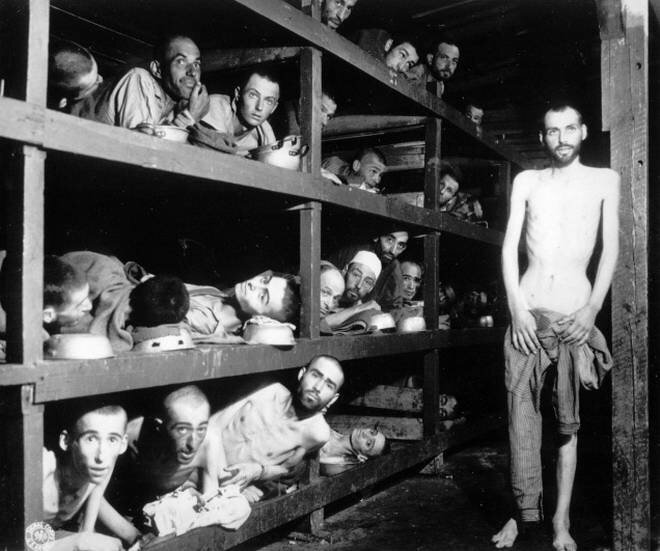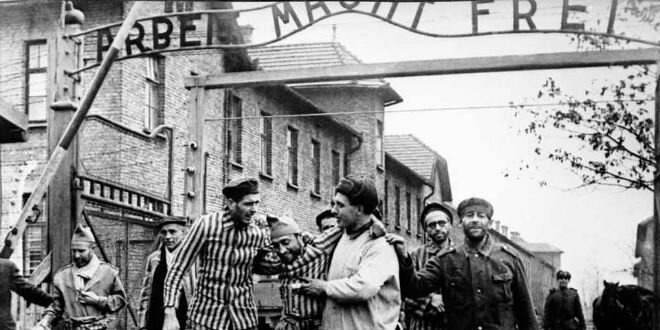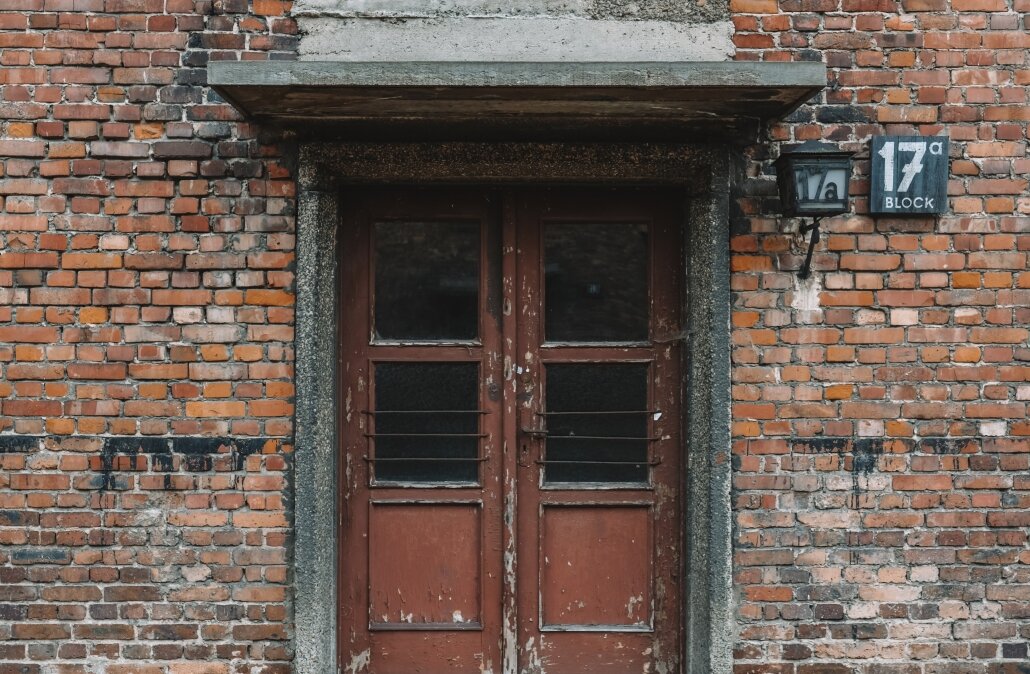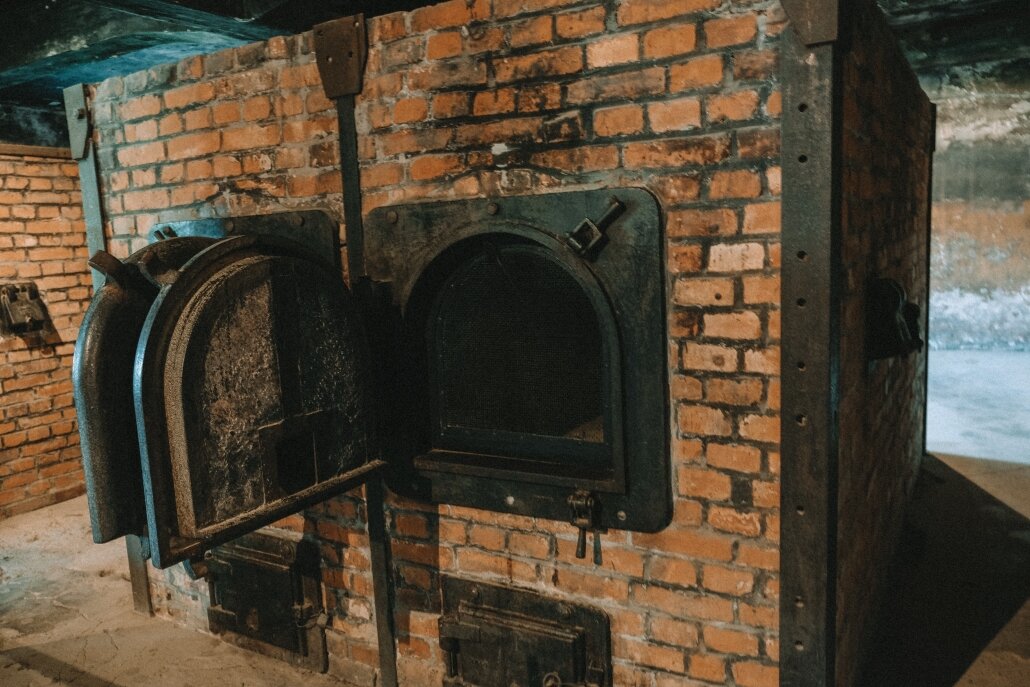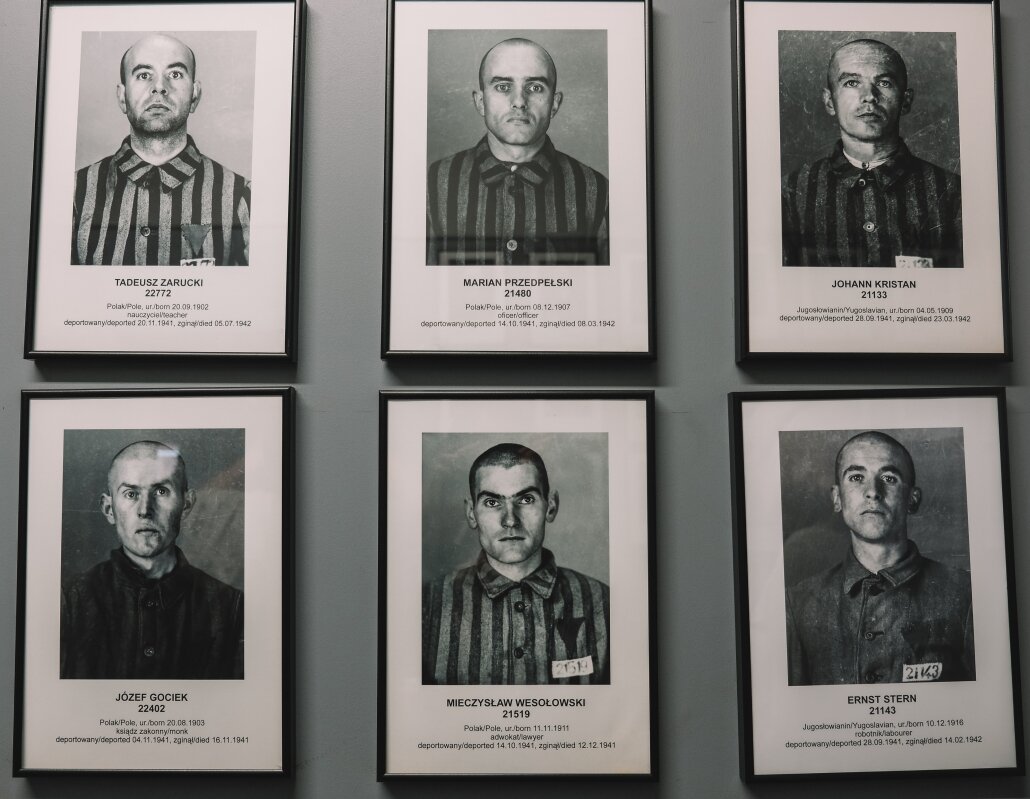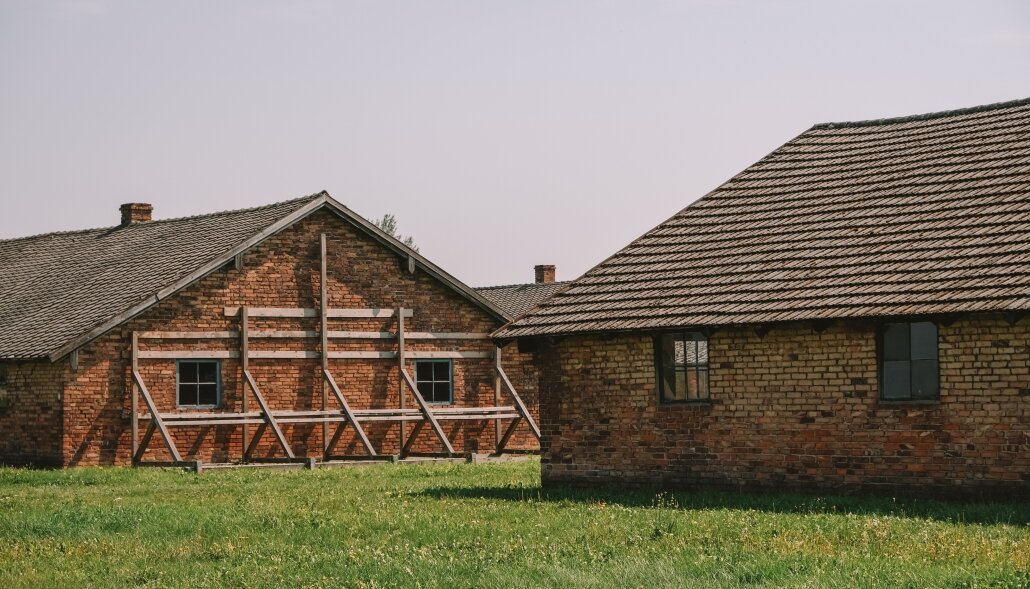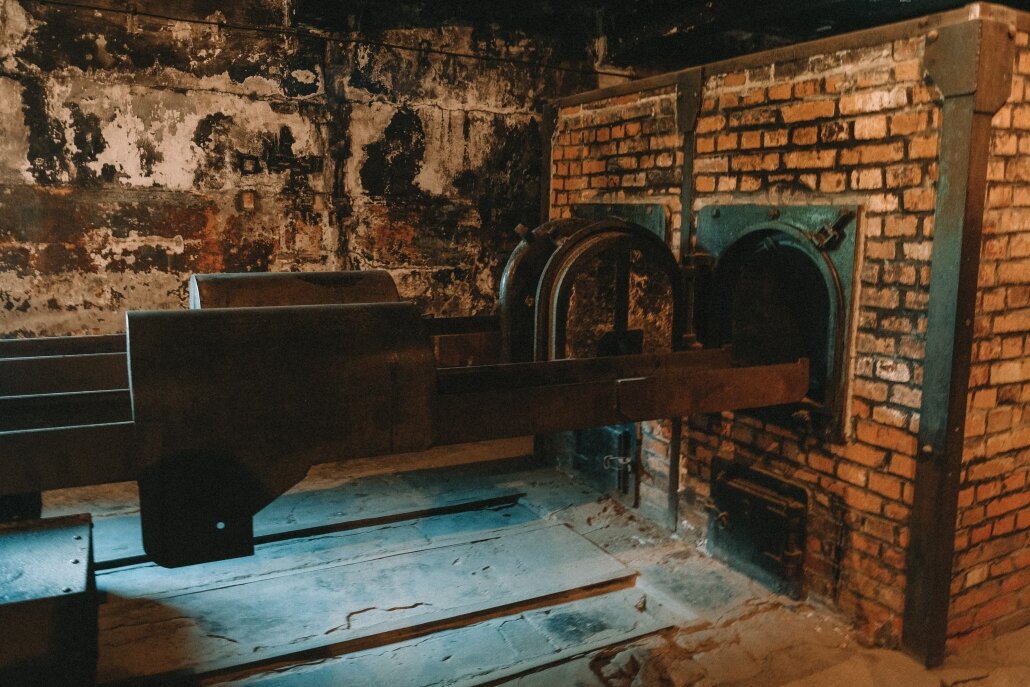IMPRESSIONS OF AUSCHWITZ
Auschwitz-Birkenau Concentration Camp
Auschwitz-Birkenau operated from 1940 – 1945 outside Warsaw, Poland. It was the largest WWII Nazi concentration and death camp.
More than 1.1 million people (90% jews) were murdered by the SS in Auschwitz. Its considered one of the most catastrophic sites of methodical mass extermination in modern human history.
When you think that you understand what happened during the holocaust… you don’t. The extent of human suffering that occurred during this time is beyond comprehension. I hid from the experience I had at Auschwitz for a long time. I was overwhelmed and didn’t know how to come to terms with what I saw.
I finally came to the conclusion that the only thing we can do today to show our respect is by simply continuing to acknowledge what happened. I want to internalize the history in a way that pays a small homage to the people who died here.
To remember the disturbing details even if they make us uncomfortable. Even if its been more than 70 years since the Jews were liberated from Auschwitz.
*Reader discretion advised, contains graphic content.
As we walked the grounds we were told about the living conditions of the Jews during the war. 320 barracks with 700 people in each, 400 people in the wooden ones.
Crawling with insects. Some had mud floors. Filled with fecies from people too weak to move. Imagine the smell. Freezing cold in the winter. Sweltering in the summertime.
They took us into a basement to see the ‘punishment cells’. A Polish priest once volunteered to die by starvation there to save the life of another prisoner. I stepping into a room containing the ‘standing cells’. The atmosphere was heavy, the air was stagnant and my heart sank into my stomach.
The cells were so small that it was impossible to lie down. They were dark with limited access to air and light. This was the only place on the tour where I broke down.
The panic and claustrophobia I felt from even thinking about being subjected to this degree of torture was too much to handle.
Hospitals were used for experiments never before preformed on human beings. These criminal experiments included everything from sterilization of women to the torture of twins to see how connected they really were.
When we entered the gas chambers and the crematorium I couldn’t believe I was standing before the furnace that once burned bodies endlessly throughout the day and night. This crematorium couldn’t even keep up with the demand. The Nazis literally couldn’t murder people fast enough despite their efficiencies.
They would make everyone remove their clothes, telling them to remember where they put them so they could find them again easily.
They would shove 2000 people in the gas chamber. The people standing directly next to the vents would die immediately.
For others it would take 15 minutes. After 20 minutes everyone would be laying on the floor. Then they would gather the bodies, collect the gold from their teeth and cut off the useful hair. 15,000 pounds of human hair was repurposed.
The more I learned about Auschwitz I felt extreme hate for Nazis course through my veins but for a moment I tried to open my mind, step into their shoes and see the war from their perspective. If they didn’t follow the orders they were given, the SS would have murdered their whole family without batting an eye.
They would become one of the people in the concentration camps. We are so fast to pass judgement on Nazis but ask yourself, how far would you go to protect the people you love? Would you kill for them? You never know what you’re capable until you are deprived of choice.
Yes, Nazis were some of the most evil humans to ever live but they were also just trying to survive like everyone else. Food for thought…
One thing that I’ve learned from travel is that people cannot be stereotyped, even if they’re the same race. I believe that many Nazis were made of pure evil and racism. I also believe that some were forced to do unspeakable acts of cruelty to save their own lives and the lives of their families.
This war was so much more than the cruelty of individuals. It was built upon such powerful psychological manipulation that normal people lost sight of right and wrong.
There is a myth about a frog in boiling water. It says that if you put a frog in boiling water it will immediately try to escape. However, if you put a frog in cool water and very gradually heat it up, the frog will “be stuck in the comfort of its surroundings,” and stay until its too hot, and too late.
When we land in hot water, we usually react to the metaphorical heat and do something to protect ourselves. It is our human nature to survive.
However, if our environment slowly worsens at barely noticeable rate, we can become oblivious to our surroundings and neglect to challenge the status quo.
Making a choice to change the course of history is difficult – especially if we are unaware of the slippery slope happening all around us. I believe this is exactly what happened in throughout Europe during WWII.
Here are a few films I recommend watching if you want to learn more about the Holocaust:









